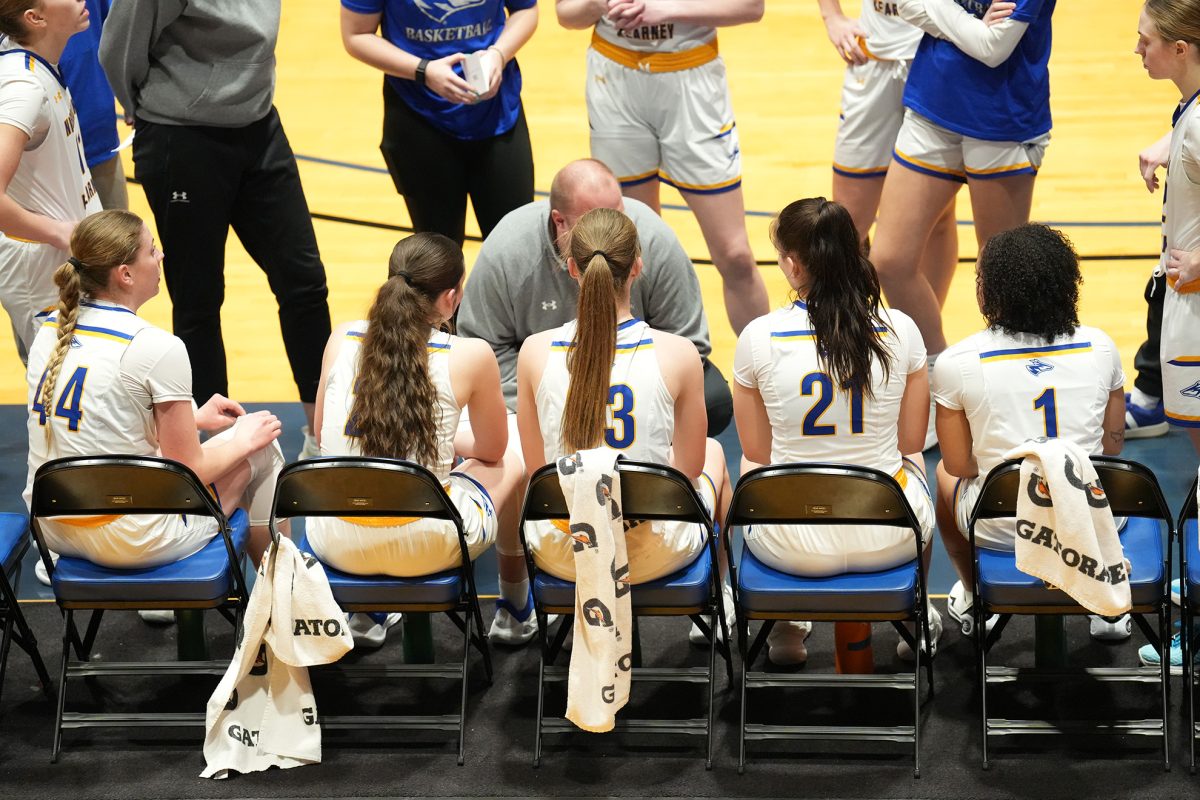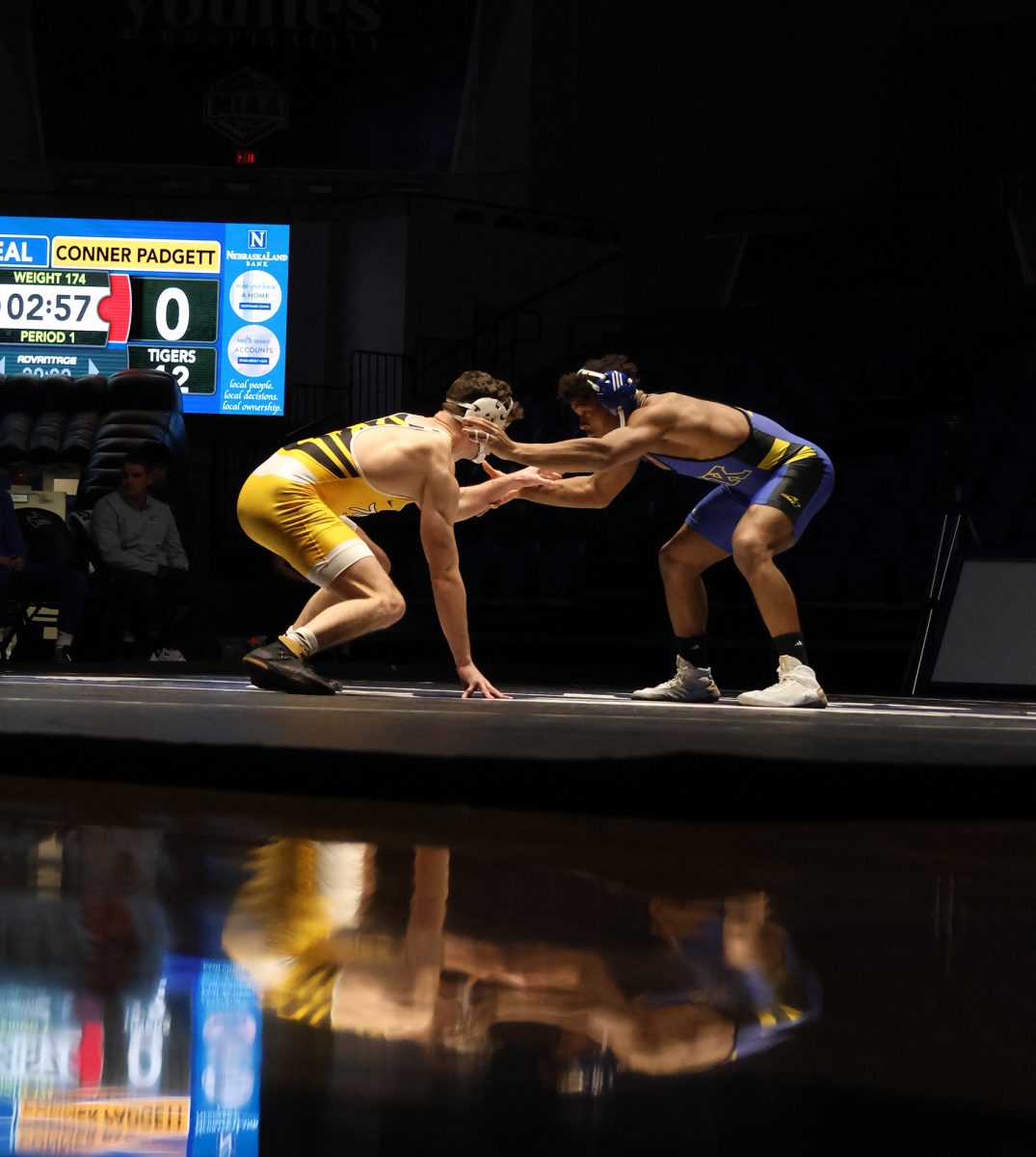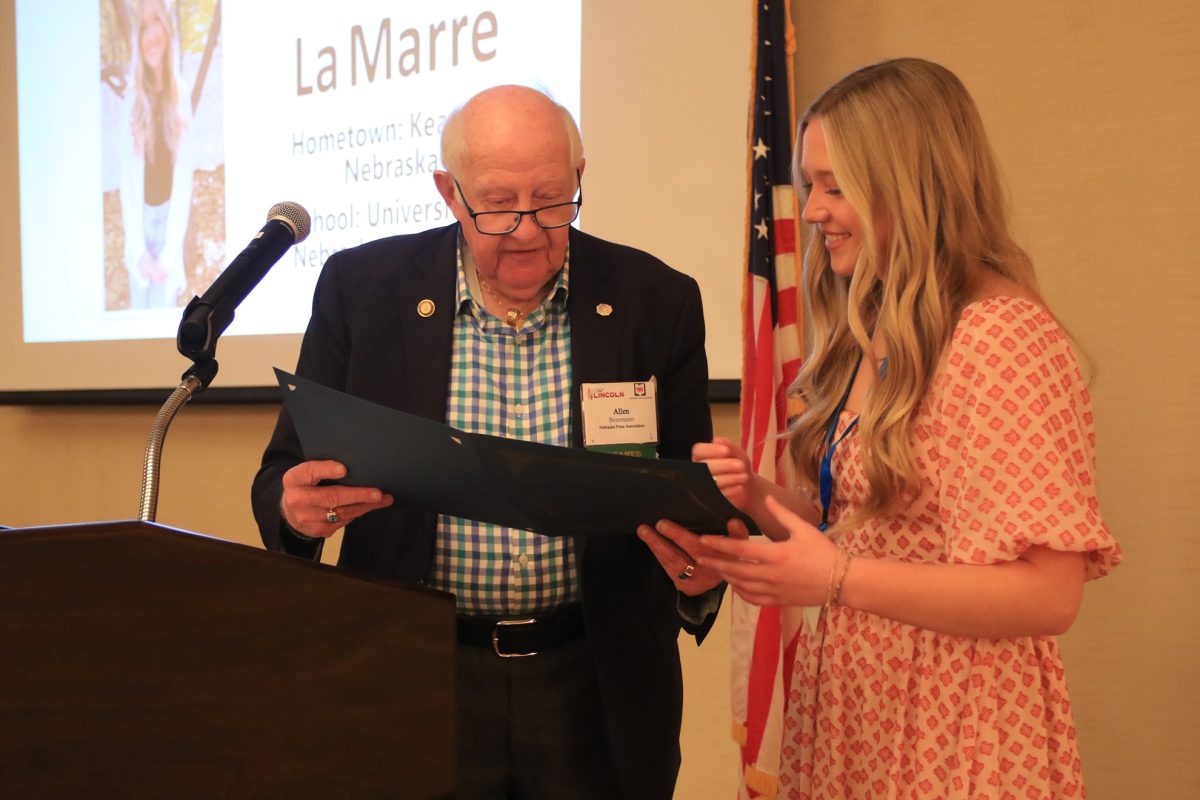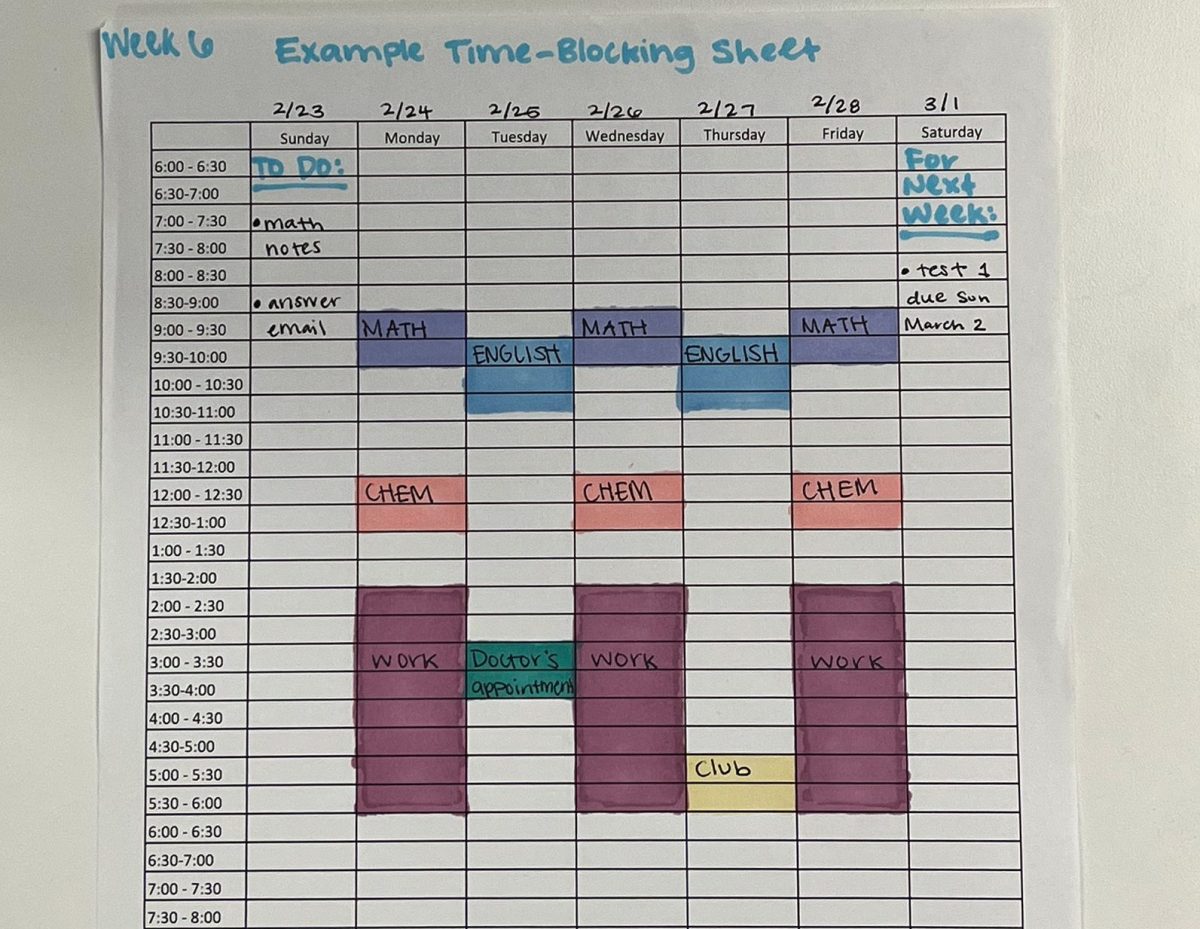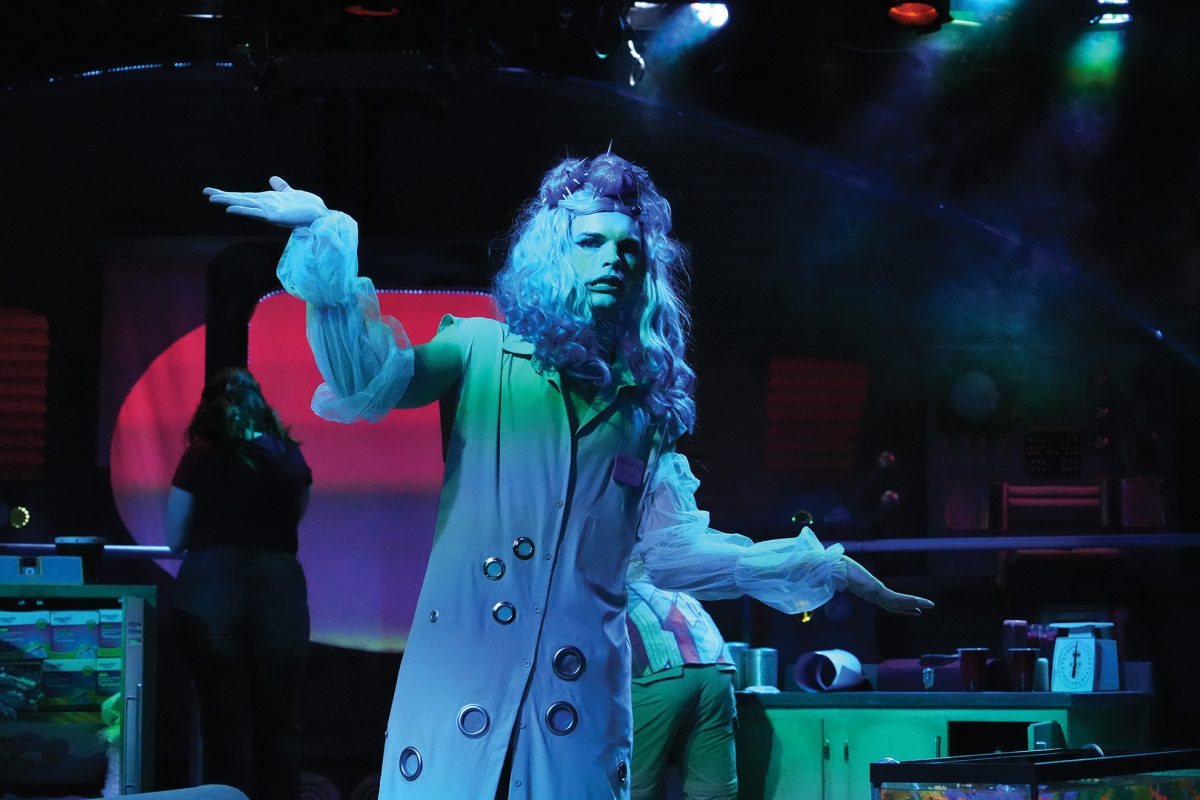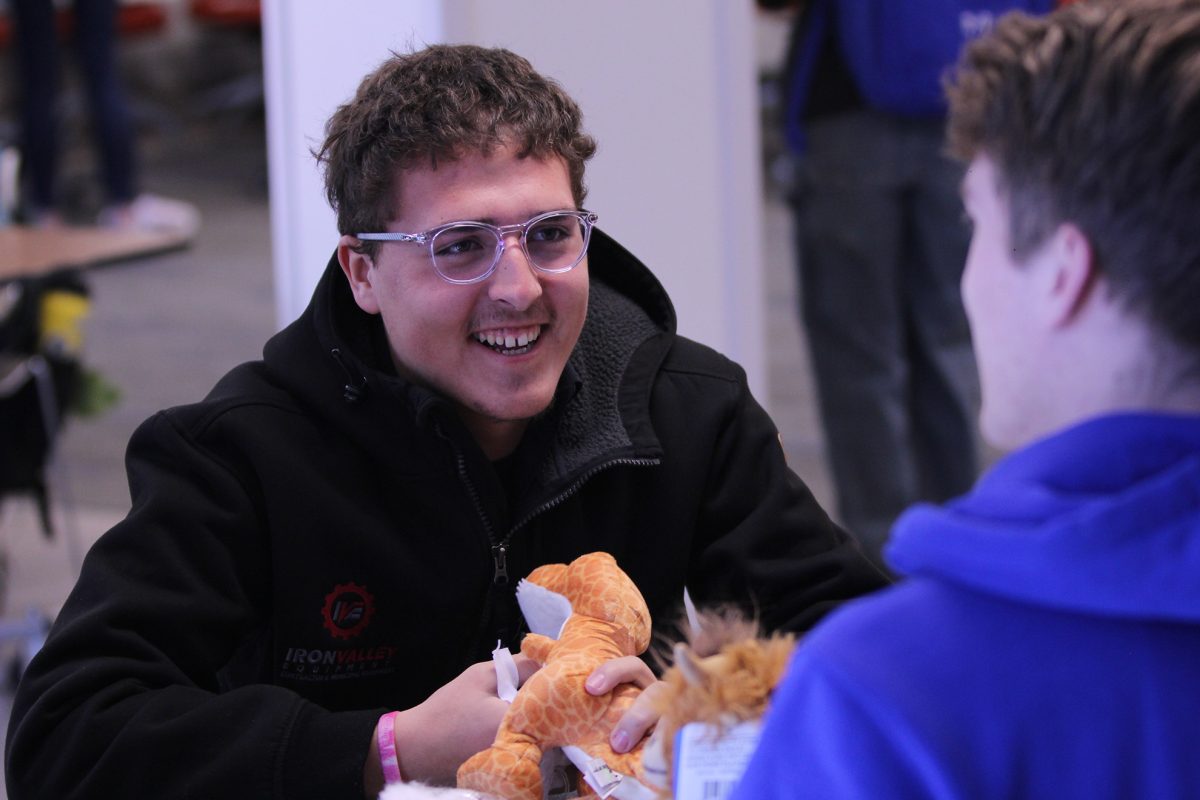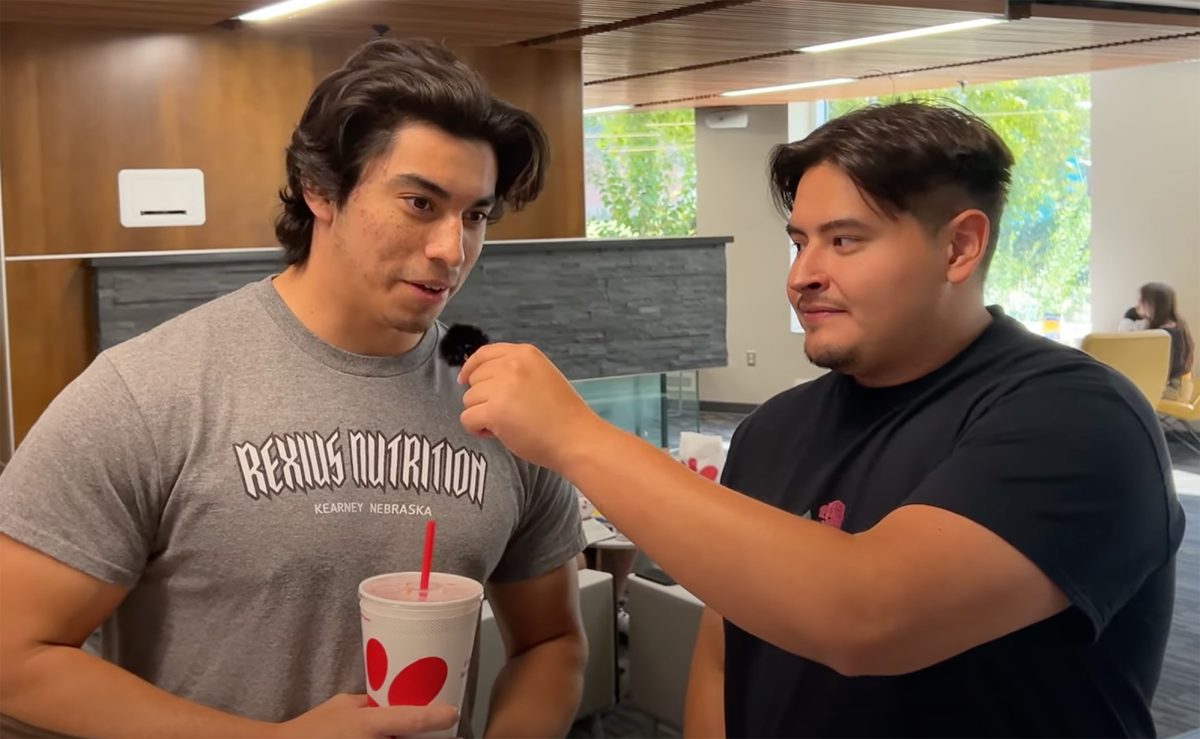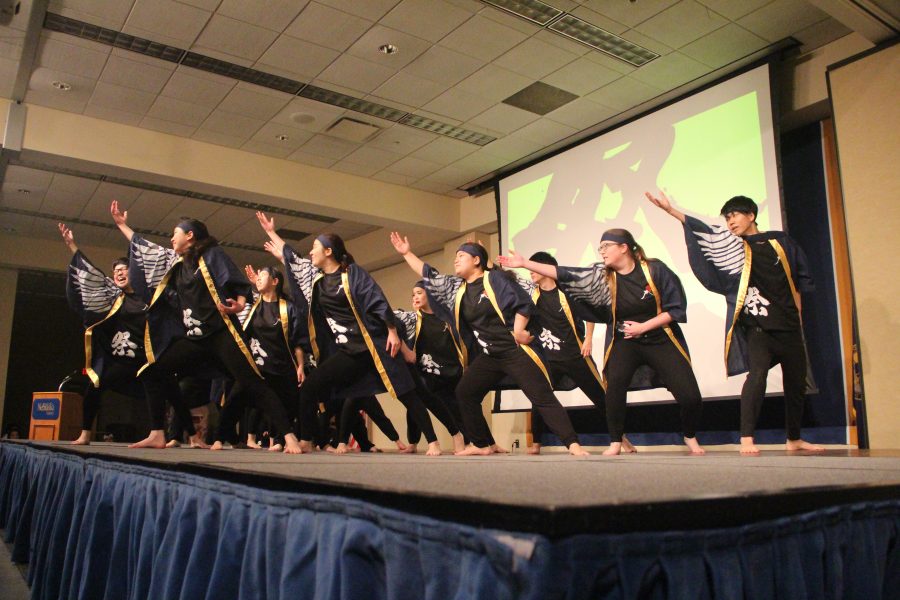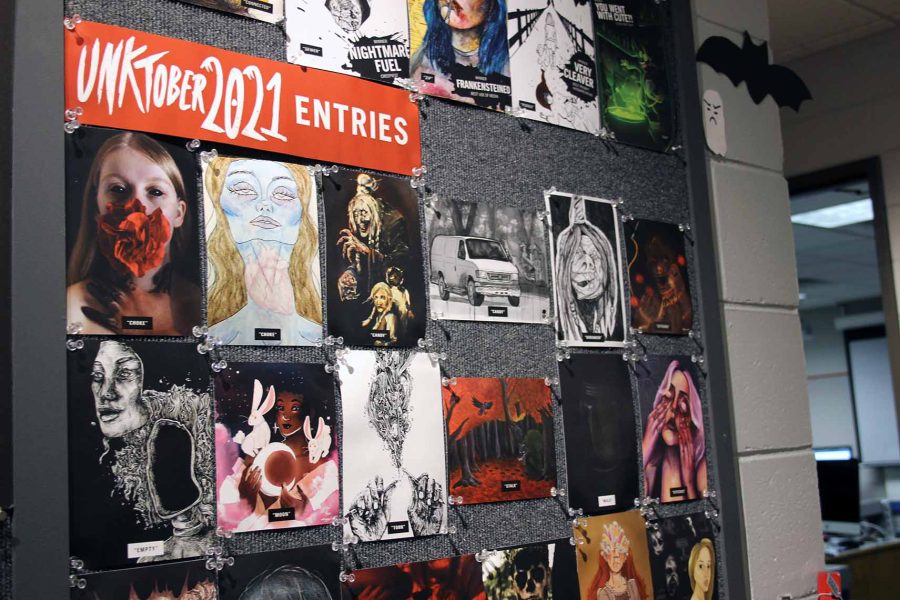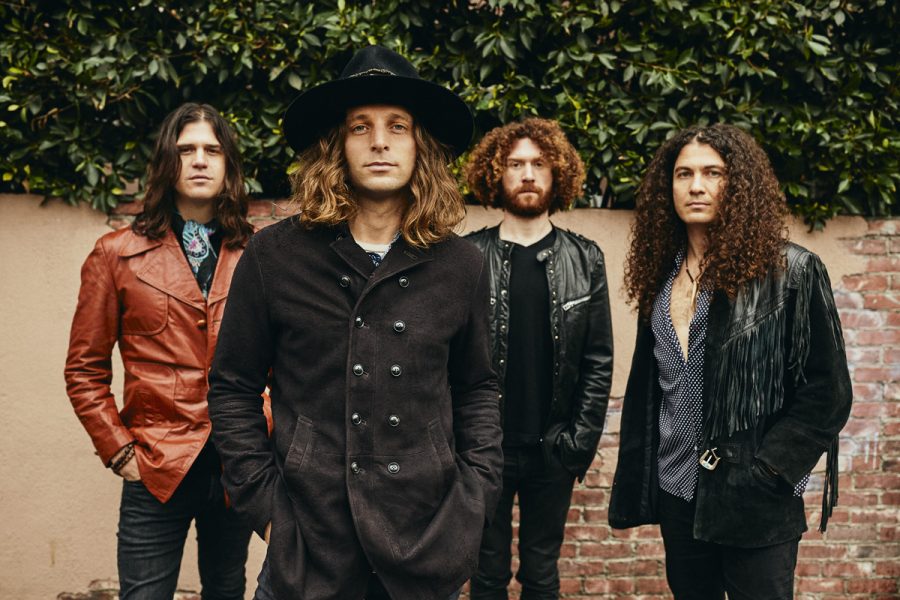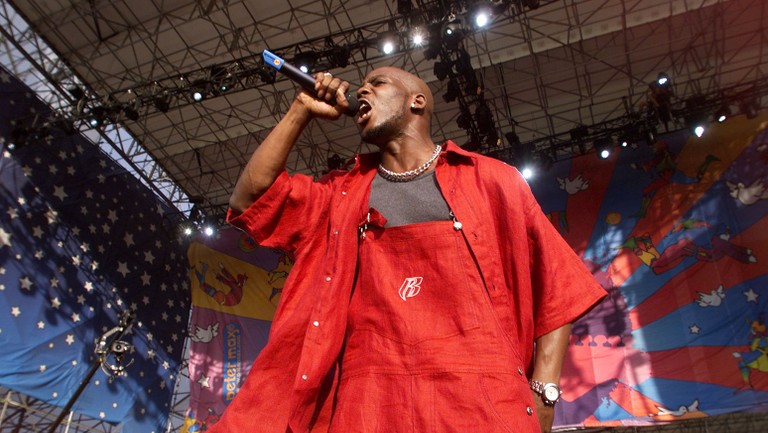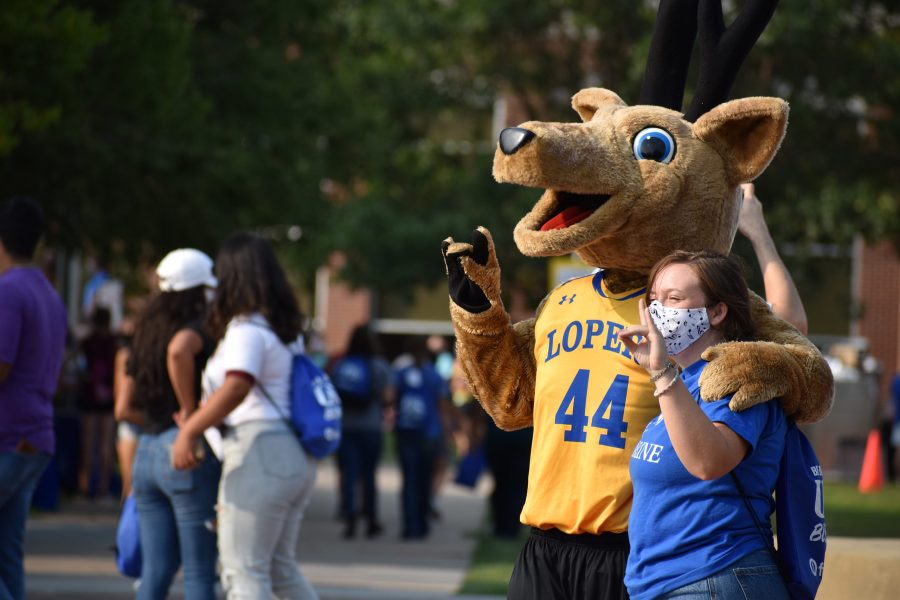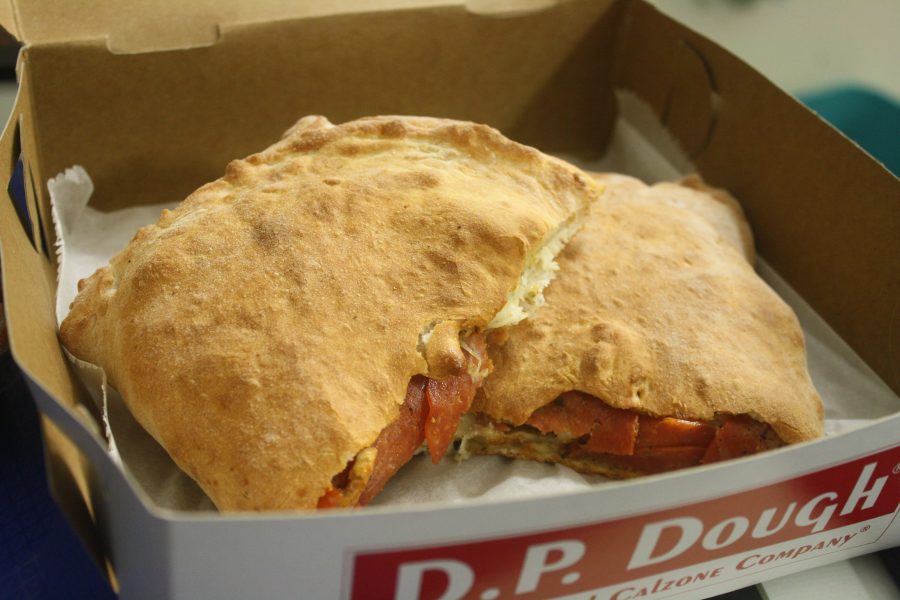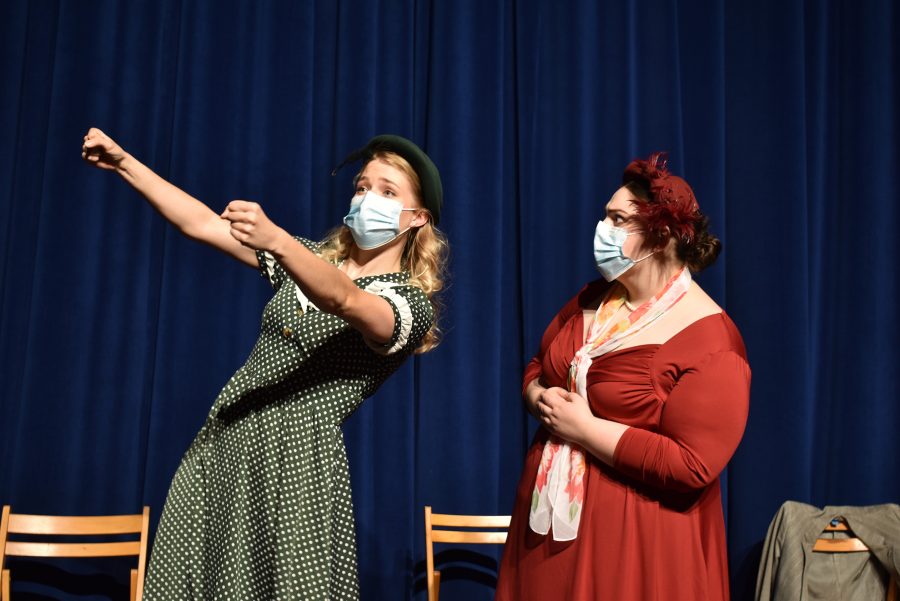The Japanese Association of Kearney showcased both modern and traditional Japanese culture at festival
By Jessica Moser
Students and community members braved the snow on Saturday night to attend the Japanese Festival held in the Ponderosa Room from 4-6 p.m.
“We have more than 100 Japanese students here, so we have the festival annually,” said Aoi Hoshiko, a junior business management major from Kagoshima, Japan. Hoshiko is the president of the Japanese Association of Kearney (JAK). “In the festival, we show our culture and food. We want you to know Japan. We have many nationalities here, but we don’t really understand each other. We want you to know the real Japan.”
Tables were set up in the Student Union before the festival showcased origami, IACE Travel to Japan and traditional Japanese calligraphy called ‘shu-ji’. According to Mika Asaoka, a freshman English major from Nagoya City, Japan, the ink she used to write students’ names in Japanese was made from bamboo. “The ink is made from burning bamboo,” said Asaoka. “Then they grind the bamboo and melt it.”
Japanese students served rice balls, Japanese style fried chicken, edamame, seasoned cucumbers and chocolate coated bananas for attendees to enjoy throughout the festival.
We want you to know the real Japan
Students were wearing traditional Japanese clothes such as yukatas. Yukatas are light cotton kimonos worn in the summer, according to Hoshiko. Some students wore karate uniforms and other costumes.
The festival began with kenbai, a traditional sword dance. Two students danced with swords and fans, sometimes feigning attacks with each other. After the dance was over, the emcees called for volunteers to go on stage and learn a few sword dance moves using wooden staffs as a substitute for actual swords. All four volunteers were children from the audience.
Another part of the festival was the traditional karate demonstration. Once again, volunteers were brought on stage to learn a few punches from the performers.
The festival’s costume party had both students and little children dressed up as popular anime characters. Among the costumes were Doraemon, a popular Japanese anime about a robotic cat from the twenty-second century. Other costumes included Ash and Pikachu from “Pokemon,” Mario and Luigi, Hello Kitty, My Melody, and Goku from “Dragonball-Z.”
Throughout the festival, two raffles were held. Three random numbers were chosen for each raffle, and you won if the number was on your name tag. Winners were given a prize. The audience also had a chance to win prizes during a quiz testing knowledge of Japan and Japanese culture; there were five questions and five winners. The questions ranged from the identity of the Japanese prime minister to trivia about Japanese baseball.
Performers danced the wotagei, a type of dancing and cheering performed by fans of idol singers. The lights were turned down, and the dancers performed with colored lights, jumping and waving their arms to different songs, both in Japanese and English.
The final performance of the Japanese Festival was the traditional Soran Bushi, or the Fisherman’s Dance. The dance gets its name from the motions of the dancers, who make movements like ancient Japanese fishermen would have made.








